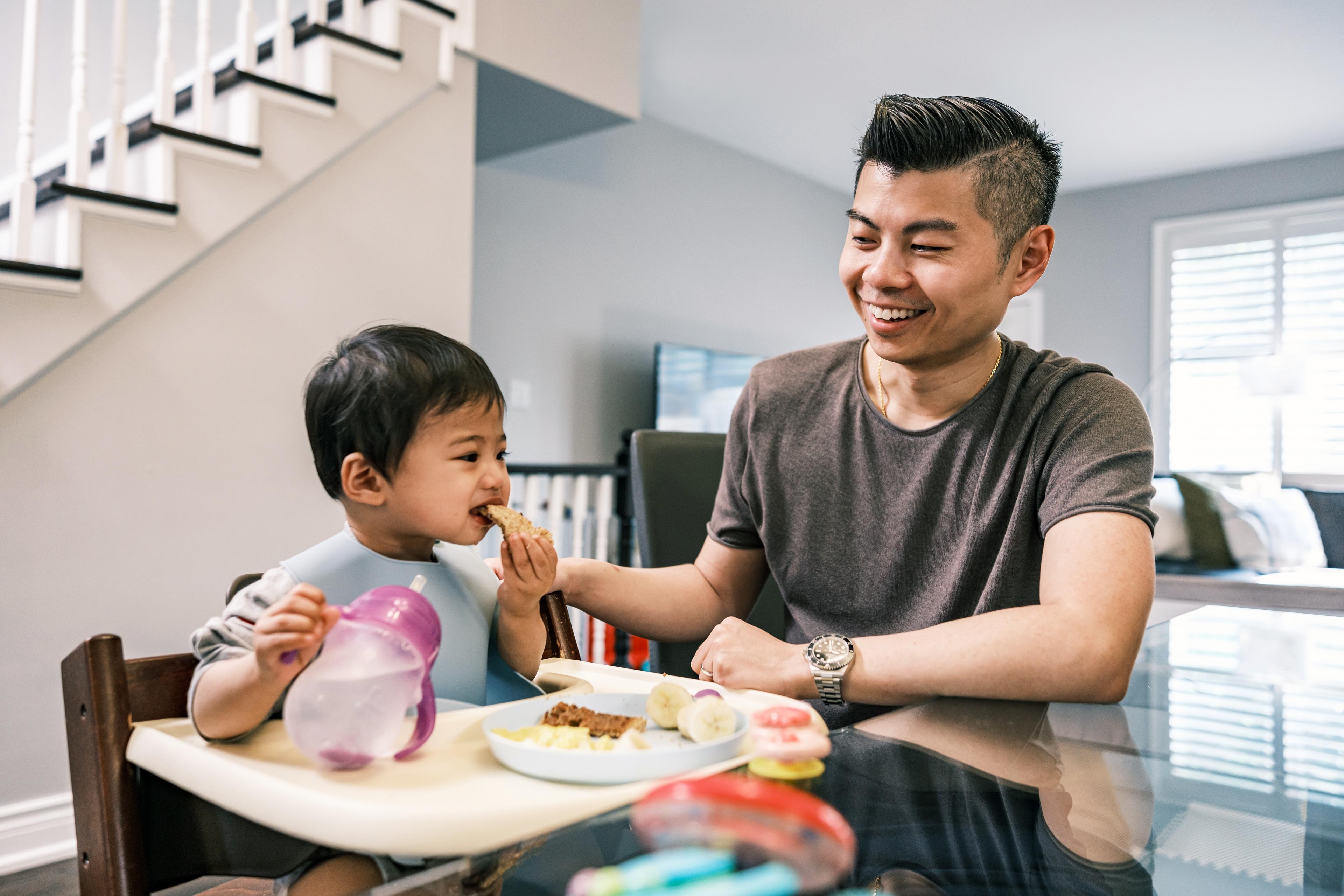Baby Sleep Safety: What Parents Need to Know
Amy Barczy
| 4 min read

Sleep is precious for parents with babies – and can be elusive and frustrating for everyone involved when you’re figuring a routine out. Which is why it’s important for both new and experienced parents to review the guidelines for baby sleep safety. It can be easy to be tempted to compromise safety in the bleary midnight hours, or in the exhaustion of the day-to-day task of caring for an infant.
Additionally, guidelines for safe sleep have changed in the past several decades. If an older adult is caring for an infant, make sure they are up-to-speed with the latest recommendations.
Babies are at risk of choking or suffocating during sleep. That’s why it’s important for parents and caregivers to take steps to keep their babies as safe as possible.
What you should do:
- Put the baby to sleep on their back on a flat, firm surface in a crib, bassinet or play yard
- Babies should be put to sleep on their backs until age 1 year
- Use only the mattress made for your baby’s crib or bassinet with a fitted crib sheet
- Use a swaddle until the baby can roll over onto their stomach; then use a wearable blanket or sleep sack.
- Use a pacifier, but don’t attach it to their clothes or to a stuffed animal
- Make sure the baby’s crib, bassinet or play yard meets current safety standards
- Keep the baby’s sleep area free of cords, strings from blinds or other hazards
- Share a room with baby
What you shouldn’t do:
- Don’t bed share
- Don’t use nesting pillows or anti-roll pillows
- Don’t let baby sleep in a carrier, lounger, swing, sling, car seat or stroller
- Don’t put your baby to sleep on a soft surface like a sofa, soft mattress, cushion or waterbed
- Don’t use crib bumpers, loose blankets, soft toys or other soft objects
- Don’t use cribs that have drop-side rails, or put portable bed rails on a regular bed
Car seats
Babies may fall asleep in their car seat. Many infant car seats can be removed from their base in the car and either attached to a stroller or carried into the house.
Once arriving home, it’s important to take the baby out of the car seat, especially if they are sleeping. The position of the car seat when it is resting on the floor without its base can be unsafe for the baby, as an unbalanced car seat could fall over or allow the baby’s head to fall forward and compress their airway.
Baby loungers and swings
There are many products available for babies – loungers, pillows, rockers and swings. While babies may find it easy to fall asleep in these products, none of them provide a safe sleep environment.
One example of this is the Rock ‘n Play Sleeper, an incredibly popular baby lounger sold by Fisher Price. While many parents found it a helpful tool, it was not designed for safe sleep and the product was recalled in 2019 by the company after reports of dozens of infant deaths.
While the Rock ‘n Play Sleeper is no longer sold, there are many similar baby lounger products still on the market today. Being aware of what is safe for your child is an important part of being a parent. Using these types of baby loungers and swings is important to do with caution and under supervision. They should not be where you put your child down for a nap or for sleep at night.
Babies with reflux
Many babies, especially newborns, may find lying flat on their backs uncomfortable if they have reflux. Reflux is when the contents of a baby’s stomach come back up into the esophagus, and causes them to spit up. Reflux is common and the baby should grow out of it once their sphincter muscle fully develops.
GERD, or gastroesophageal reflux disease, is a longer lasting type of reflux that is more serious. If a baby’s reflux lasts longer than 12 to 14 months, they may have GERD.
If your baby is having difficulty sleeping, talk with your pediatrician about how you can safely help your baby sleep – especially if you suspect reflux is causing the issue.
More from AHealthierMichigan:
Photo credit: Getty Images





